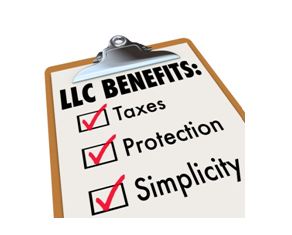Meal and rest breaks are mandated by the state and allow employees to re-energize and reset during their workday. Surprisingly, providing a lunch break is not a federal requirement, however allowing employees to take breaks can reduce safety-related incidents in many industries. Failing to give an employee adequate breaks can result in steep fines from the state.
California Law: Meal and Rest Breaks
Employees in California are legally owed meal and rest breaks depending on the amount of time worked. Here are the standard requirements for meal and rest breaks under California law. Continue reading ›
 Business Lawyers Blog
Business Lawyers Blog












